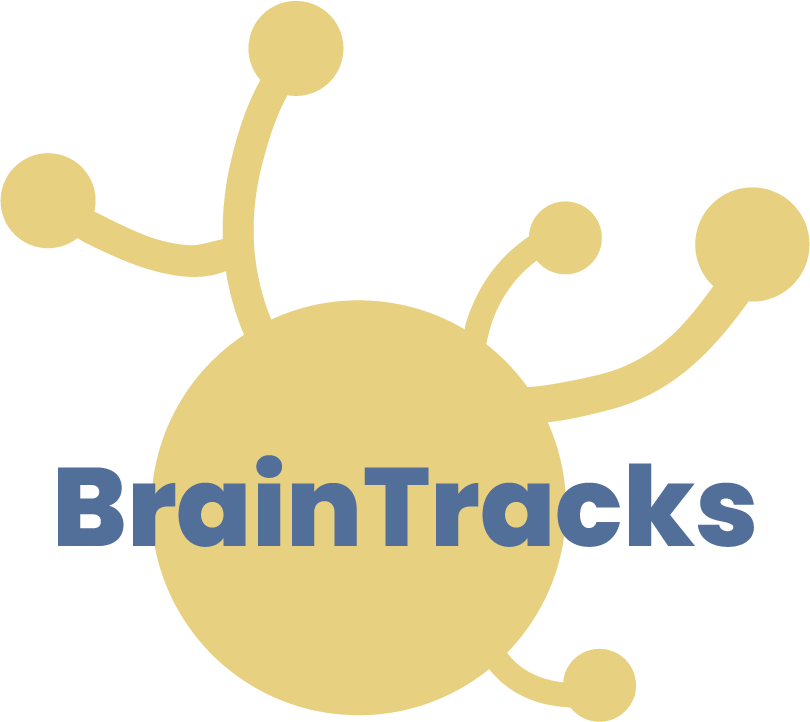Try a Tool: Steps, Time, Mapping (STM)
In our previous blog post, we read an excerpt from Your Kid’s Gonna Be Okay that provided a strategy for developing our time management skills. STM, which stands for Steps, Time, Mapping, is a valuable tool that can help educators and students effectively manage papers and projects. By breaking down tasks, estimating time, and creating visual timelines, STM can support students with Executive Function challenges.
Follow these steps to implement STM in your classroom.
Step 1: Introduce the STM Tool
Explain the concept of STM to your students, highlighting its purpose in helping them plan and manage their projects more effectively. Emphasize that STM involves identifying steps, estimating time, and creating visual maps.
Step 2: Identify Steps
Have students begin by brainstorming all the steps required to complete their project. Encourage them to list the steps in bullet form without worrying about the order at this stage.
Ask prompting questions to help students recall any additional steps that may have been missed during the initial brainstorming. Encourage them to think about the logical sequence of tasks. This is an opportunity to model how you determined what steps would be necessary.
The image shows the the steps that were identified.
Step 3: Sequence the Steps
Guide students in converting their bullet points into a logical order of steps. This can be done by assigning numbers or arranging the steps in a sequential format. Emphasize the importance of the order in which tasks should be completed.
The steps have been sequenced in order from first to last.
Step 4: Estimate Time
Work with students to estimate the amount of time required for each step of the project. Encourage them to consider various factors that may impact the duration of each task. Help students avoid underestimating or overestimating the time needed for each step. Encourage them to consider potential challenges or setbacks that might occur during the project, which can help them develop more realistic time estimates.
Time estimated were added to the sequenced steps.
Step 5: Create a Visual Map
Help students create a visual timeline or calendar for their project. Mark the project's due date and determine the number of days available for completing the tasks. Ensure students designate days for project work and consider the total amount of time required for all the steps.
The students created a calendar that maps the papers steps and time allotment.
By implementing the STM tool in their classrooms, teachers can support students with Executive Function challenges as they develop effective project management skills. This method helps students plan, organize, and execute their work in a structured and efficient manner, leading to improved outcomes and reduced stress. So, are you ready to empower your students with STM?
Educators can help students build their Executive Function Skills, and BrainTracks can help! Learn more about BrainTracks’ school programs.
Head to our parent company’s site if you are looking for 1:1 Executive Function coaching.





